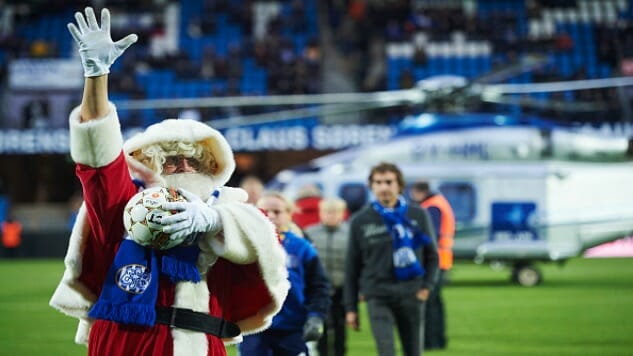
Christmas is a time for giving, sharing, and, if you’re a British soccer fan, sitting in the freezing cold watching 22 turkey-deprived men hoof a ball around for 90 minutes. Yes, while the rest of the world sensibly takes a break from the beautiful game during the festivities, the UK tries to cram more games into its schedule than Santa does into his sleigh. But if you’re thinking this is just another modern example of the over-commercialisation of the holiday season, then it’s worth noting that the tradition actually began way back when the sport wasn’t even really a thing.
The world’s oldest club, Sheffield FC, spent three very lonely Christmases kicking a ball all by its lonesome before neighboring Hallam decided to get in on the action and partake in what was essentially the first ever inter-club match on Boxing Day 1860. Not only did Sheffield’s 2-0 victory sow the seeds of competitive soccer, it also established the tradition of playing at a time when most of the general public finds it difficult to summon enough energy to get off the sofa.
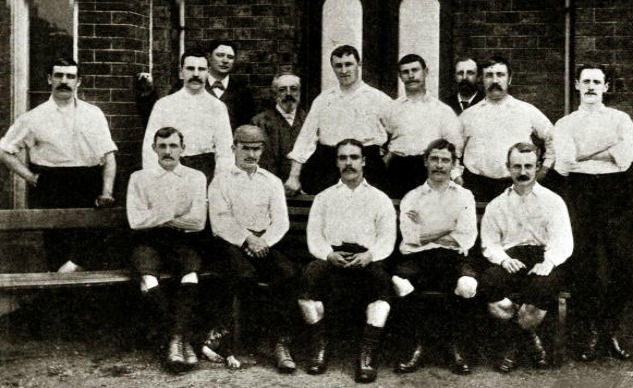
The inaugural 1888-89 Football League season saw leaders Preston North End beat bottom side Derby County 5-0 for the second time in a month to all but seal the title on December 26. A year later, the champions defeated closest rivals Aston Villa in the first ever official Christmas Day game, helping them to successfully defend their crown. And with a near record-breaking 9,000 fans making the trip to Deepdale, it was little surprise when the FA decided to introduce Christmas Day and Boxing Day doubleheaders.
A riot that broke out at Blackburn Rovers and Darwen’s local derby in 1890 proved early on that the concept didn’t always necessarily guarantee goodwill to all men. The Scottish League’s adoption of the Christmas Day schedule also resulted in a far more serious, and tragic, incident in 1909 when Hibernian’s James Main suffered a fatal ruptured bowel after slipping on ice during an encounter against Partick Thistle.
Of course, just five years later Christmas Day soccer would be responsible for one of the most famous peacekeeping gestures in modern history: the First World War ceasefire which saw troops on both sides of the Western Front drop their weapons and meet up in No Man’s Land to engage in a kickabout that has gained almost mythical status.

Festive soccer during World War I would also play a big part in the birth of the women’s game. With the men’s leagues understandably suspended, attention eventually turned to their female counterparts. Over 10,000 fans showed up to watch one of the early era’s most popular sides, Dick, Kerr’s Ladies, make their debut against a local factory side on Christmas Day 1917.
However, it wasn’t just warfare that restricted seasonal soccer during the early 20th Century. England internationals such as Swindon’s Harold Fleming and Sunderland’s Arthur Bridgett were just two of the many names who refused to play the game on a religious holiday. In addition, the whole Arsenal team was banned from running out at Highbury on the big day until 1925 due to the terms of the stadium’s lease, which were devised by owners St John’s College of Divinity.
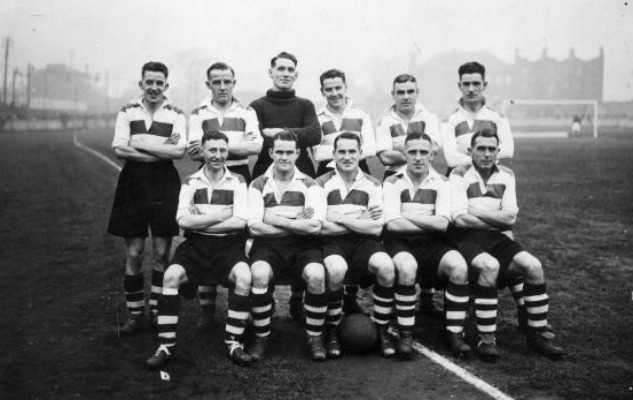
And in an era in which clubs often rewarded their players with a Christmas drink or two, alcohol consumption also occasionally disrupted proceedings. Putting the recent Wayne Rooney drinking saga into perspective, the entire Clapton Orient team showed up drunk for their 1931 Christmas Day game against Bournemouth, with striker Ted Crawford so inebriated that he collapsed on the pitch. Incredibly, they only suffered a 2-1 defeat, and actually sobered up enough to win the return Boxing Day encounter 1-0.
Although most competitions were abandoned during the Second World War, various regional leagues continued the Christmas soccer tradition throughout the six-year period. In 1940, a depleted Brighton and Hove Albion, forced to use volunteer fans to make up their numbers (they now probably wish they hadn’t bothered), suffered an 18-0 walloping at the hands of Norwich. That same day Leicester and Northampton played each other twice, and the sense of organized chaos continued when both Tommy Lawton and Len Shackleton were given permission to play for two different sides in a matter of hours.
By 1949, the appetite for festive soccer had become so big that nearly 3.5 million supporters attended the English league’s four-day yuletide schedule. Six years later, several European countries got in on the action with both Barcelona and Real Madrid kicking off/resuming their successful Inter-Cities Fairs Cup and European Cup campaigns, respectively, on Christmas Day.
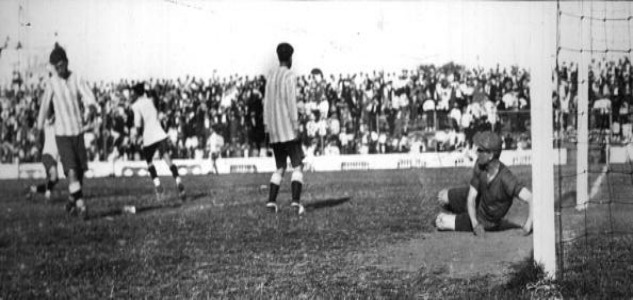
The French national team also briefly adopted the idea, staging friendlies against Belgium and Bulgaria on Christmas Day during the 1950s, while as recently as 2012, the United Arab Emirates played Yemen on the same date in preparation for their Gulf Cup campaign. However, the most significant international match on December 25 took place almost a century ago in South America when Argentina picked up the point it needed against Brazil to lift the 1925 Copa America trophy.
Back in the domestic English game, public transport shutdowns had made Christmas Day games increasingly difficult to attend, and the advent of evening games had also made them less necessary. The 1957/58 season was the last to employ a full league schedule on the big day, and by 1960 the FA had given up the idea altogether, although Blackpool briefly revived it for a 1965 match against Blackburn.
Scotland also abandoned Christmas Day soccer for good in 1976. And apart from a misguided (and downright sexist) attempt by Brentford in 1983 – official Eric White’s comments (“We hope to revive the old tradition of the husband going to football on Christmas Day while the wives cook the turkey”) sparked so much outrage that the game was eventually moved to Christmas Eve instead – Brits haven’t exactly been clamoring to bring it back.
However, despite concerns that the introduction of televised matches in 1988 would harm attendances, Boxing Day soccer is still as popular as ever. And just like Christmas Day, it has produced its fair share of historic moments, perhaps most notably the 1963 goal bonanza when balls around the country found their respective ways into the backs of nets 157 times in just 39 games (including Fulham’s 10-1 thrashing of Ipswich and Blackburn’s 8-2 victory over West Ham).
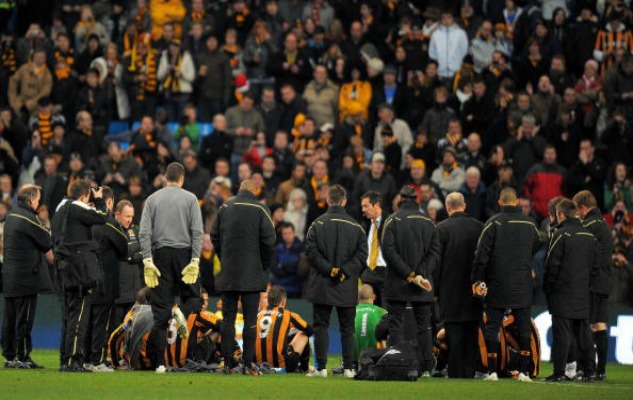
Boxing Day also saw Manchester United come back from 3-0 down against Sheffield Wednesday in 1992 to nick a point in what has been described by some as the result that kickstarted Alex Ferguson’s iconic reign. It’s also the day when Chelsea fielded the Premier League’s first ever all-foreign starting eleven in their 1999 game against Southampton, an occurrence which would soon lose its novelty. In 2008, just one day after Christmas, Phil Brown gave his infamous on-the-field half-time team talk after his Hull side had shipped four goals against Manchester City.
Former Man United boss Louis van Gaal once described the lack of a winter break as “the most evil thing” about the British game. But while it may make sense to follow in the footsteps of France, Spain, Italy and Germany, all of whom give their players up to a month-long rest over the holiday season, taking away British football from Boxing Day would essentially be like taking away American football from Thanksgiving.